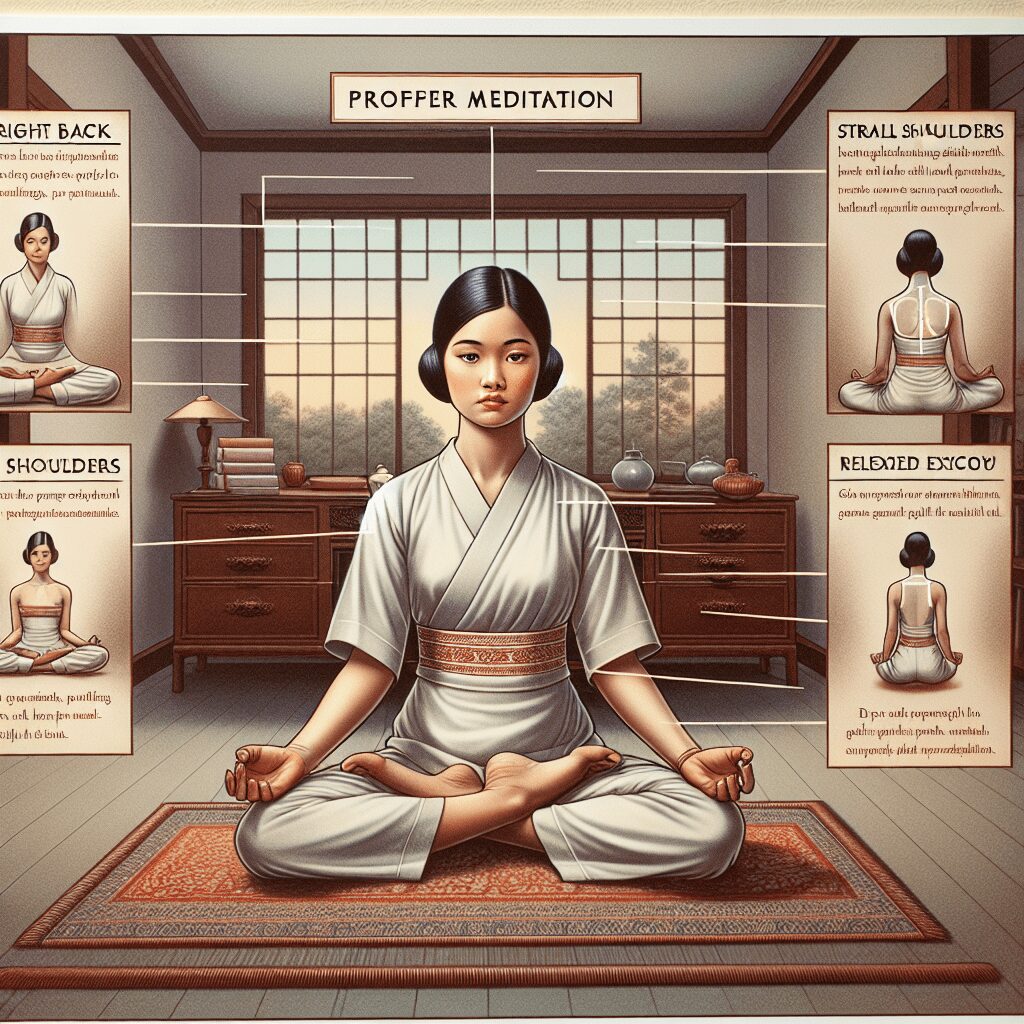
Prioritize your mental well-being daily. Enhance your life by nurturing your mental health with the Smart Meditation app. Break free from stress, alleviate anxiety, and enhance your sleep quality starting today.
How To Help Dog Deal With Separation Anxiety?
Unlocking the Secrets to Soothing Canine Separation Anxiety
Ah, separation anxiety, the nemesis of many dog owners far and wide. It’s the invisible thread that ties your fur baby to you, tighter than a vice. Left unchecked, it can lead to a plethora of unwanted behaviors, from the downright destructive to the heart-wrenchingly pathetic. Fear not, dear reader, for embarking on a journey to alleviate your canine companion’s distress is not as Herculean a task as it may seem.
Understanding the Beast
Before you can conquer it, you must know what you’re up against. Separation anxiety in dogs is essentially a panic response. Your dog isn’t tearing up your couch or howling like a banshee to get back at you for leaving. Nope, they’re simply wired to panic when they can’t access their favorite humans. Recognizing this is key; it’s not about discipline, but about reassurance and teaching them to enjoy, or at least tolerate, their alone time.
Getting Down to Brass Tacks
So, how do you transform your home from a scene of doggy despair into a serene haven? Sit tight; we’ve got you covered.
-
Crate Training: A Safe Haven
Think of crate training not as imprisoning your pup, but as providing them with a cozy, safe den where they can relax. The trick is to ensure the crate is forever associated with positive vibes. Toss in their favorite toys, some treats, and make it as comfy as possible. Remember, patience is key. Never use the crate as a punishment. -
The Gradual Goodbye
Like ripping off a Band-Aid, but slower. Begin by leaving your dog alone for just a few minutes, gradually increasing the duration as their tolerance builds. This teaches them that your departure is no big deal—you will return. -
Mental Gymnastics
A bored dog is a recipe for trouble. Keep their brains busy with puzzle toys, treat-dispensing gadgets, and hearty chews. The goal? Have them so engrossed in their toys; they barely notice you’ve left. -
Burn That Energy
A tired dog is a happy dog. It’s an age-old saying but rings true. Engaging in vigorous exercise before you head out can leave them too pooped to panic, snoozing rather than stewing in your absence. -
Cool, Calm, and Collected
Here’s a novel idea: downplay your hellos and goodbyes. While it’s tempting to smother them with love, keeping these interactions low-key can reduce anxiety.
When Professional Help is Needed
Sometimes, despite your best efforts, professional intervention may be necessary. This isn’t a failure but rather recognizing when it’s time to tag in the experts, whether it’s a certified animal behaviorist or exploring medication options with your vet.
Wrapping Up
Tackling separation anxiety is a marathon, not a sprint. It requires a dollop of patience, a sprinkle of persistence, and a whole lot of love. By understanding the root of your dog’s distress, gradually accustoming them to your absence, and keeping their minds and bodies active, you’re paving the way to a more serene separation experience. Remember, celebrate the small victories; each step forward is a leap towards a happier, more secure companion.





